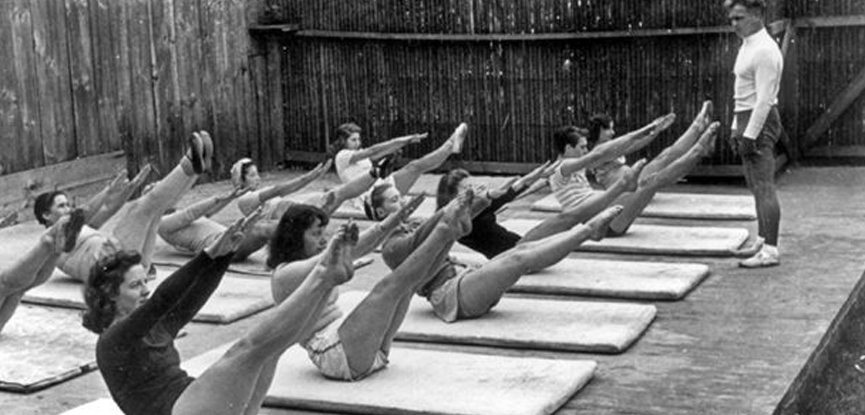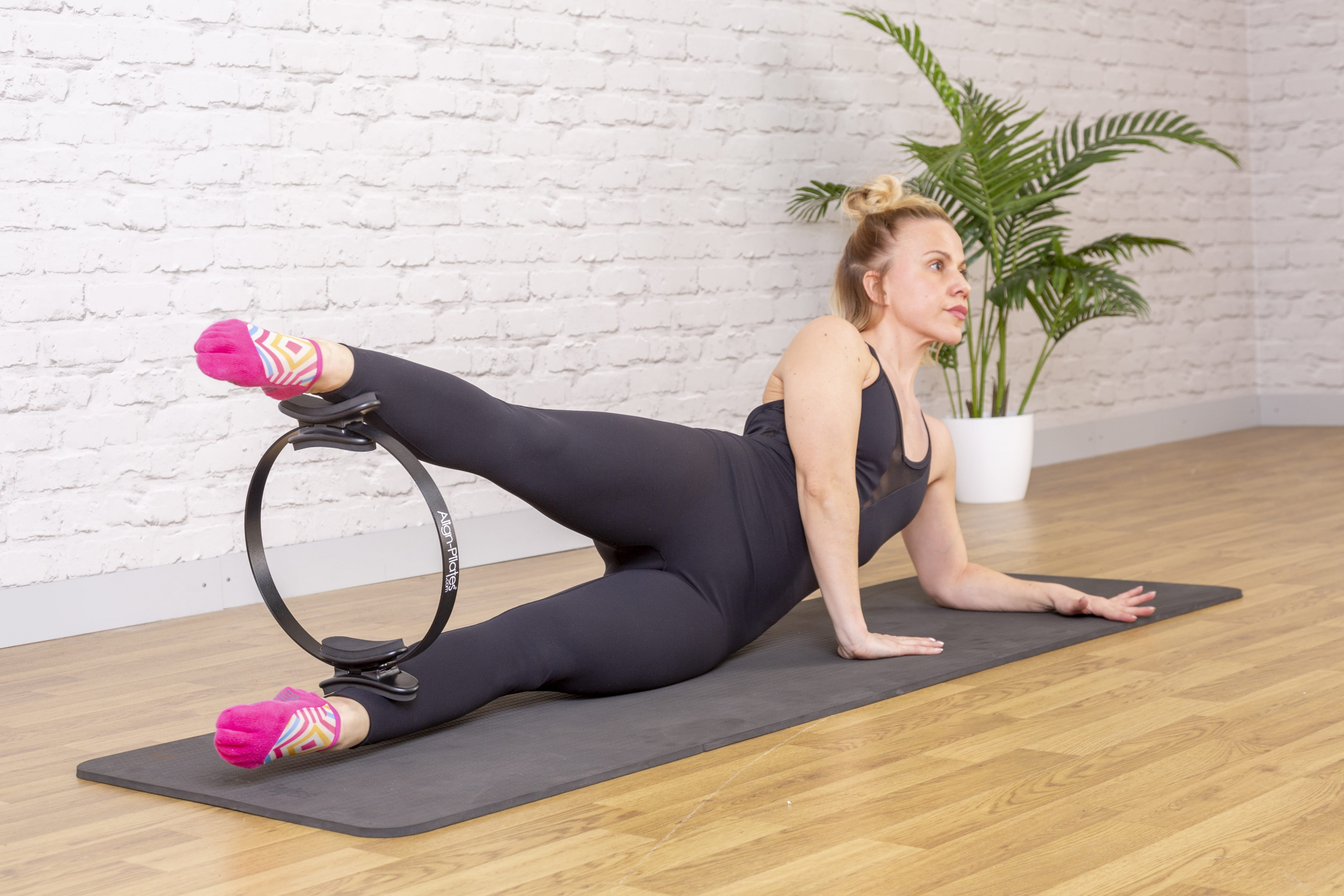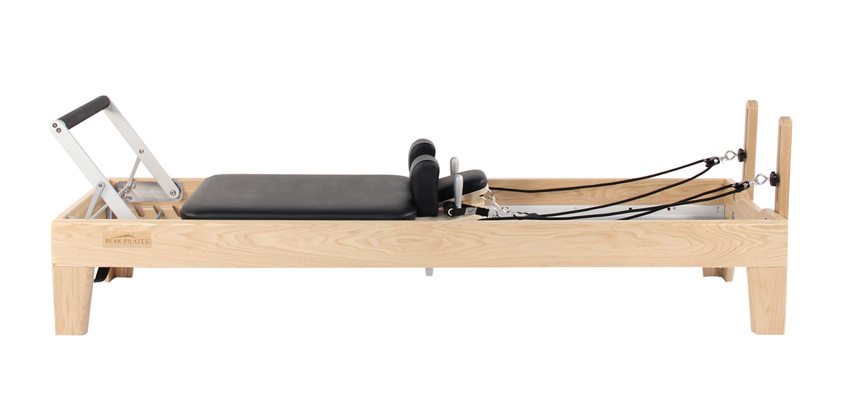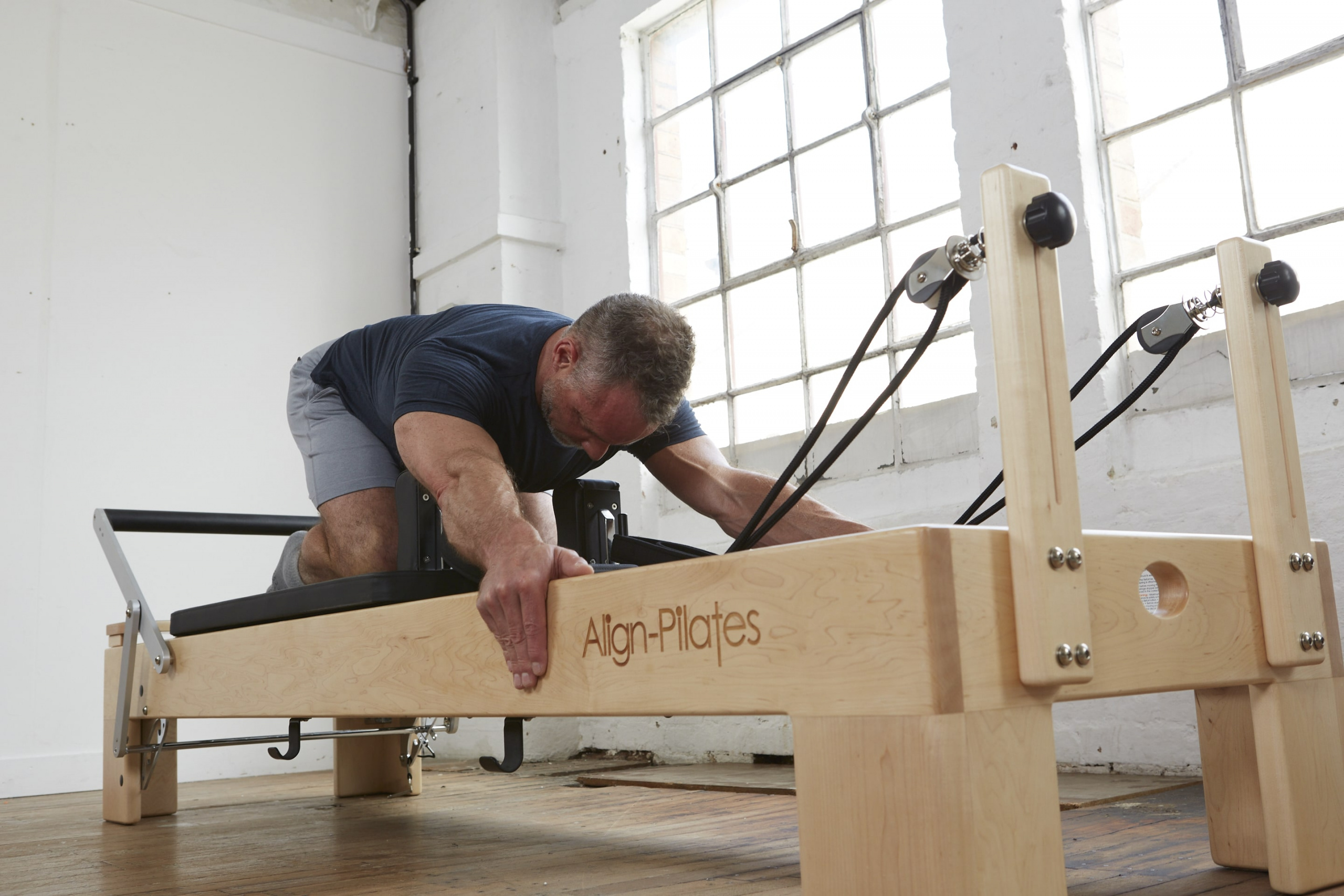Be in the Know
Use our expertly-written Pilates articles and insights to elevate your industry knowledge
Over recent decades, Pilates has become a staple of personal training and group exercise. Once solely practised by professional athletes and dancers, Pilates now helps people all over the world improve their posture, flexibility, stamina and strength. It’s also been used to reduce back and neck pain and as a form of rehabilitation following injury
As a personal trainer or group exercise instructor, you may be asked about the differences between mat-based and reformer approaches and which style clients should choose. Like any mode of exercise, it’s important to remember that the appropriateness of one form or technique over another largely depends on the interaction of a number of factors – personal preferences and individual goals are fundamental in this decision-making process.
Only when all of the facts are known can informed decisions then be reached. This guide explores the differences between mat-based and reformer Pilates, the history and principles of Pilates, and the benefits of the practice in general so that you can make your own informed decisions. First, however, let’s start at the very beginning…
What we now know is that Pilates actually began life as Contrology, and was pioneered by Joseph Hubertus Pilates. Born 1883 in Germany, a young Joseph found himself afflicted with several conditions including asthma, rickets and rheumatic fever. The outlook was so dire that doctors told his parents that he would die prematurely. Joseph was not swayed by what could be seen as a death sentence and he became determined to return his body to peak physical condition.
This grand undertaking eventually brought him to England in the early 1910s. When World War I broke out, Joseph found himself interned with fellow European nationals on the Isle of Man, where he worked with patients who were unable to walk.
His solution for rehabilitation was to attach springs to hospital beds as a way to support patients’ limbs, which allowed for more effective strengthening and stretching exercises. Interestingly, this apparatus devised by Joseph was actually the prototype and inspiration for the modern-day reformer.
After the war and a brief return to Germany, Joseph travelled to America with his wife, Clara, and opened a studio in New York. Very quickly, the strengthening and restorative nature of Joseph’s work attracted the attention of dancers and others from the world of performing arts.

In an attempt to document his work, Pilates wrote a couple of books, the most notable being Return to Life Through Contrology – a text that is still highly regarded by the Pilates community today. The Contrology method is what we today call Pilates.
Pilates never sought any trademarks for his writings or patents for his equipment (which he referred to as “apparatus”), which is one of the reasons why there are so many different schools and interpretations of his work. Central to most of these schools, however, are the same founding principles.
To really enhance your knowledge, we’ve created an in-depth article about the fascinating origins and history of Pilates.
During the creation of his Contrology system, Joseph Pilates devised six key principles that he believed were absolutely essential for creating better health through exercise.
Mat-based Pilates comprises of a core set of 34 exercises which primarily focus on strengthening and stabilising the all-important core region. These 34 exercises are often too difficult for most exercise participants to be able to perform in their entirety, and so it is common for mat Pilates sessions to break these movements down into simpler and less intense exercises.

All Pilates exercises, irrespective of whether they are performed on a mat, or using apparatus like the reformer, Cadillac, trapeze, chair or barrel, seek to achieve the same fundamental goal – to develop complete coordination of mind, body and to some extent, spirit.
Pilates believed that complete and absolute concentration was an important part of the mind-body connection. By allocating sufficient mental and cognitive energy to the exercise, he felt that a wider range of physical and health benefits could be realised by his students.
The core is often referred to as the powerhouse of the body and there is a wealth of modern evidence to support the benefits of core stability training.
A strong core is crucial to the practice of Pilates, and while most exercises develop this characteristic, a number of the more advanced exercises also require high levels of core stability in order to perform them safely and effectively. Pilates believed that a strong centre provided the body with the necessary foundation for optimal alignment and quality patterns of movement.
Contrology was the name that Joseph Pilates gave to his system, so it stands to reason that control would be a central principle.
Pilates believed that being able to control the body both when stationary and while moving was essential for musculoskeletal health, and musculoskeletal health was necessary for the body to be healthier in a wider sense of the term.
Learning and practising correct patterns of movement in a slow and deliberate manner is how control is created, and it provides the necessary foundation for a stronger, healthier and more functional body.
Correct breathing is an integral component of Pilates practice. Focused breathing with deep exhalations helps to activate the muscles, re-oxygenate the blood and cleanse and invigorate the body. In Pilates, lateral breathing techniques are usually used to direct participants to breathe out during effort and breathe into the core on release.
Joseph Pilates believed precision was more important than repetition and that more benefits can be derived from correct form than anything else. The use of force has no place in Pilates, because movements should be initiated in a controlled manner with an accurate range and flight of motion.
In Pilates, each exercise flows outwards from the core. Additionally, each exercise (and series of exercises) is designed to flow into the next and should look and feel smooth and graceful. Joseph was inspired by yoga and the way in which a number of wild animals move – the flowing element is perhaps the best representation of this influence in his system.
The Pilates reformer, which visually looks like an old-fashioned bed frame, was originally called the ‘Universal Reformer’ because of its wider application to exercise. Originally made from wood, the reformer now has a number of different designs and is often made from wood, plastic or aluminium, or a combination of all three.

The carriage of the reformer is usually loaded by a number of springs that attach to the carriage to the frame – when the carriage slides, horizontal resistance is created. A number of ropes and pulleys are also attached to the carriage and frame and can be used to create additional resistance or alleviate it, as required by the exercise participant.
The level of resistance is normally adjusted by the number of springs attached – one spring would provide the least resistance, whereas five springs would normally represent the maximum resistance available on a standard reformer. Some springs are tighter than others and therefore provide more or less resistance, as is required. The springs are often colour coded so that reformer instructors and their students can identify them easily.
Traditionally, the reformer was used to teach Pilates students the correct technique for each exercise. Joseph believed that performing an exercise correctly only a few times was far more beneficial to one’s overall health and strength than repeatedly performing an exercise poorly.
By using the reformer, his students learned the correct technique from a supported posture. Once a technique was mastered and the student had acquired sufficient strength, they would then progress to more advanced mat-based exercises where the body was required to support and stabilise itself.
Reformer Pilates is often considered more dynamic and intense than its mat work counterpart, because most of the exercises are performed through greater ranges of motion and involve resistance that is applied from springs and bands. The reformer was initially created to complement the movements that Pilates originally called Contrology exercises, and was designed to prepare Pilates students for the more advanced mat work exercises.

Like mat-based exercises, reformer exercises are often grouped into and performed as a series, which may also be referred to as a repertoire. Each exercise within a series is designed to flow into the next and builds upon the previous movement.
While there are some variations between the exercises in each series and even the order of each series, most reformer sessions follow a structure similar to the following:
Reformer Pilates instructors undertake extensive training on the reformer which surpasses what is taught on the Level 3 Diploma in Mat Pilates Qualification. Even those that have completed a more advanced Pilates qualification, like our Level 4 Pilates Course, will need to upskill significantly with regards to work on the reformer. There are no National Occupational Standards (NoS) or Professional Standards for reformer Pilates and as such, standardisation between different reformer Pilates courses is highly variable.
There are a number of providers offering reformer Pilates training, some of which are delivered entirely online. Pilates is a very tactile form of exercise and one which requires highly specific patterns of movement in order to target key stabilising muscles. It’s highly unlikely that anyone completing an online reformer Pilates course would be able to get the requisite level of skill without physically attending their training.
Back to articlesStep inside the world of Pilates
Great news, you're on the list...